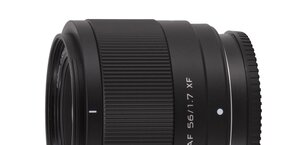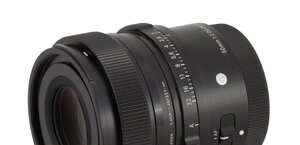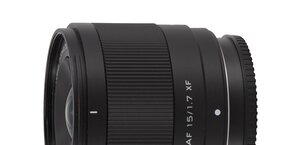Sigma A 70 mm f/2.8 DG Macro
1. Introduction
Still we are completely aware of the fact that, during the last decade or so, the optics has progressed in leaps and bounds and the resolution records have been sharply improved. A 12-year-old lens cannot even dream of competing with contemporary constructions on equal terms. That’s why we were not surprised by the decision of Sigma as they informed in February 2018 that the 70 mm construction was going to be refreshed. However, it was a surprise that they launched a model with an extending tube. Such instruments used to be very popular but now the producers prefer closed constructions that don’t change their dimensions. We don’t know the reasons behind Sigma’s decision – perhaps it was justified by the dimensions of the lens or its expected performance. That’s why we test lenses, to answer such questions and many more. The results of the Sigma test you can find in the following chapters – enjoy!
We would like to thank the Sigma ProCentrum company for sending us very quickly the final specimen of the lens for testing.
Please Support UsIf you enjoy our reviews and articles, and you want us to continue our work please, support our website by donating through PayPal. The funds are going to be used for paying our editorial team, renting servers, and equipping our testing studio; only that way we will be able to continue providing you interesting content for free. |
- - - - - - - - - - - - - - - - - - - - - - - - - - - - - - - - - - - - - - - - - - - - - - - -
You are also invited to get acquainted with our test procedure, described in the article "How do we test lenses?" If you feel it’s still not enough, please go to our FAQ section where you can find some further explanation.
 |
 |







